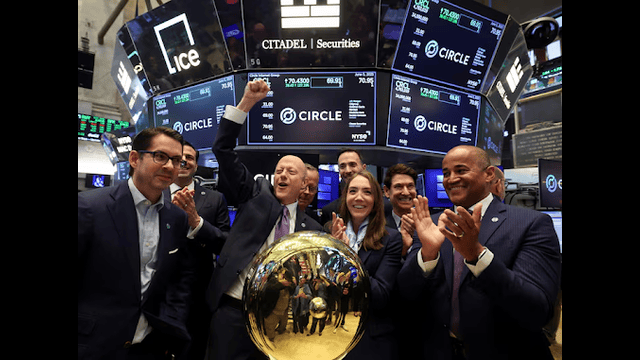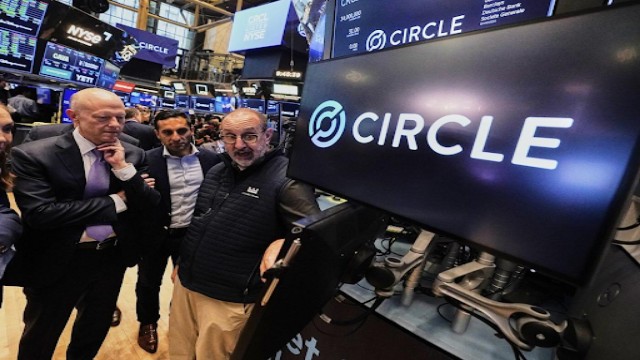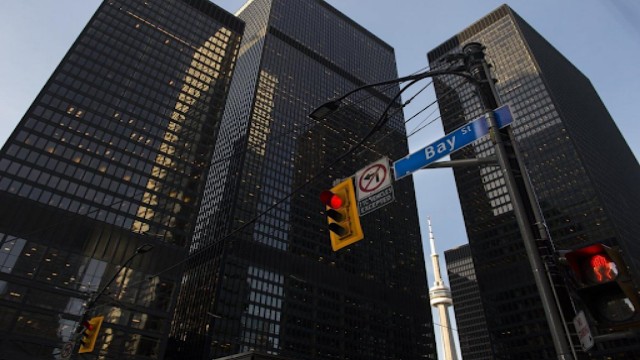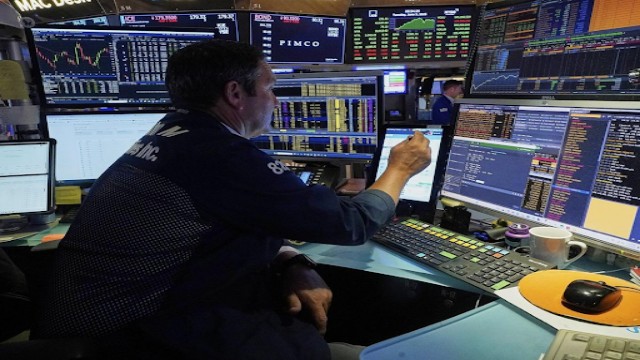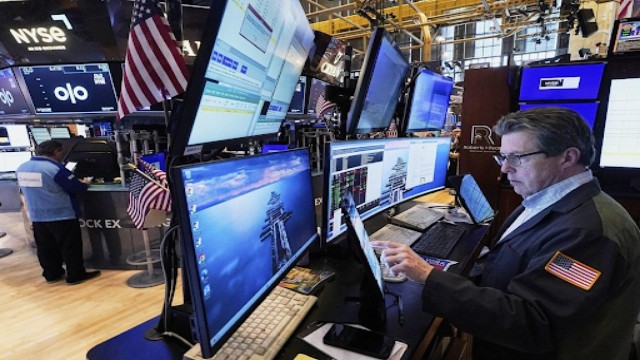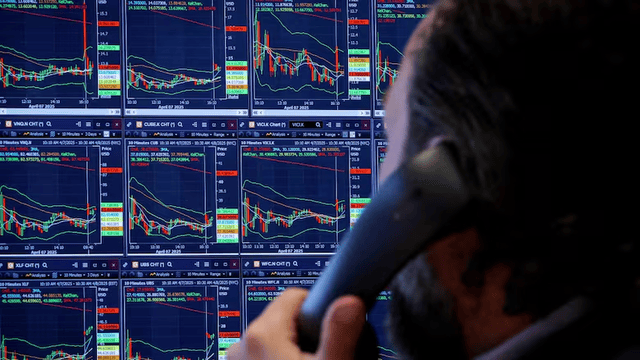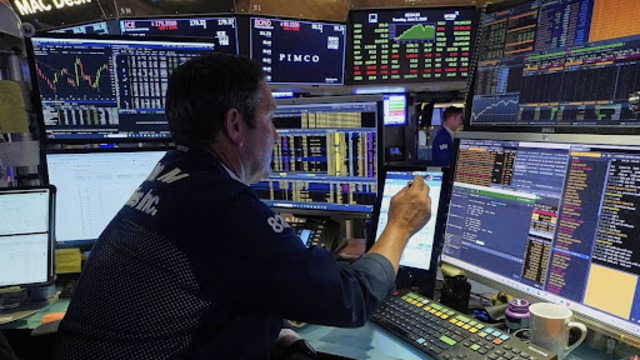
Leon Montana, a trader, is seen at work on the floor of the New York Stock Exchange on Tuesday, June 3, 2025. (Photo by Richard Drew/AP)
Wall Street wrapped up another strong week on Friday, as major indexes climbed after a solid U.S. jobs report gave investors fresh confidence in the economy.
The S&P 500 rose by 1%, closing at 6,000.36—just 2.3% away from its all-time high. Every sector in the index moved higher, making this the second week in a row of gains. The Dow Jones Industrial Average also added 443.13 points, reaching 42,762.87. Meanwhile, the tech-heavy Nasdaq surged by 231.50 points, closing at 19,529.95.
Technology stocks drove the rally. Nvidia advanced 1.2%, while Apple gained 1.6%. Tesla bounced back with a 3.7% rise after a sharp drop on Thursday caused by online spats involving Elon Musk and Donald Trump. Another standout performer was Circle Internet Group, a popular crypto issuer, which skyrocketed 29.4% after already climbing 168% on its debut.
Friday’s jump in the markets came after the U.S. Labour Department reported that employers added 139,000 jobs last month. While this was a slowdown from previous months, it still showed the job market’s surprising strength despite uncertainty from global trade tensions.
Chris Zaccarelli, chief investment officer at North light Asset Management, noted, “It seems like things are running smoothly for now. But we haven’t felt the full effects of tariffs yet.”
Tariffs continue to weigh on business confidence. Lululemon Athletica’s shares plunged nearly 20% after the company cut profit forecasts due to rising costs and growing competition. It’s one of many companies warning investors about how tariffs could squeeze profits and slow consumer spending.
Still, investors remain hopeful that President Trump’s ongoing trade negotiations could ease the pressure. U.S. officials are set to meet with Chinese representatives in London on Monday to continue trade talks.
The economy is already grappling with the impact of tariffs on imported goods and raw materials like steel. If tariffs increase further, both businesses and consumers could feel more pain in the months ahead.
Economic indicators are sending mixed signals. The U.S. economy contracted in the first quarter, and recent surveys indicate a decline in both manufacturing and services. The OECD has lowered its growth forecast for the U.S. to 1.6% this year, down from 2.8% in 2024.
The Federal Reserve finds itself walking a tightrope. While it’s currently keeping interest rates unchanged to avoid reigniting inflation, further economic weakness might force it to cut rates again later this year. The Fed had lowered rates three times in late 2024 but has remained cautious since.
In the bond market, yields climbed. The 10-year Treasury yield rose to 4.51%, and the two-year yield increased to 4.04%, indicating that investors anticipate a possible rate cut by the Fed soon.
As for global markets, European indexes also finished mostly higher, reflecting the upbeat sentiment sparked by the U.S. labour data.


